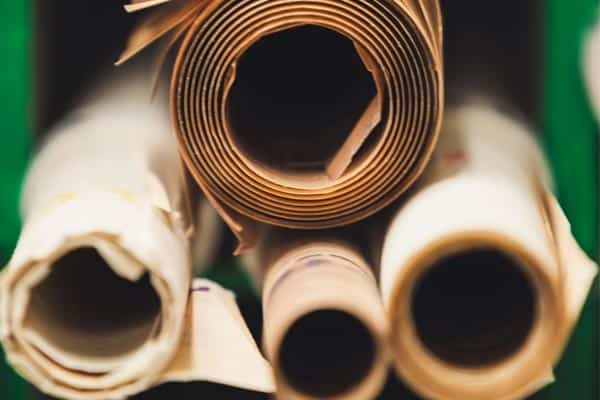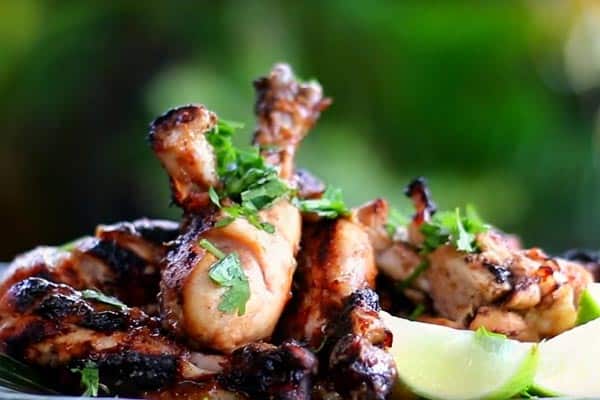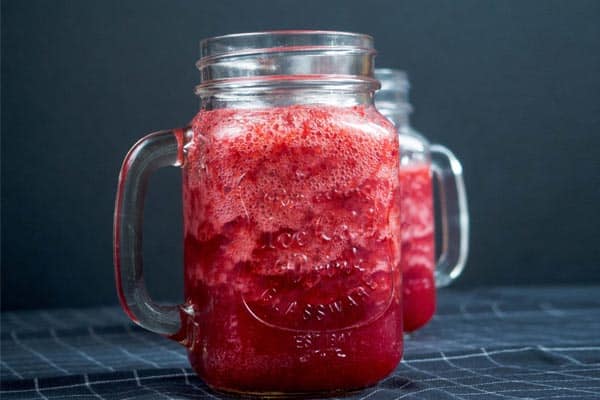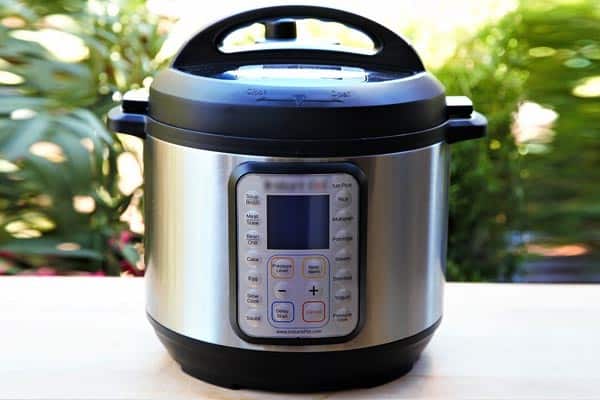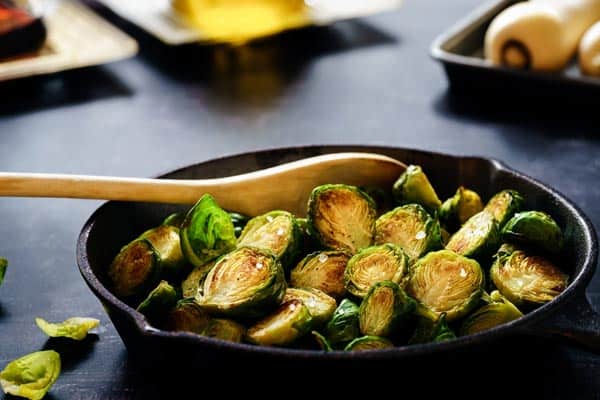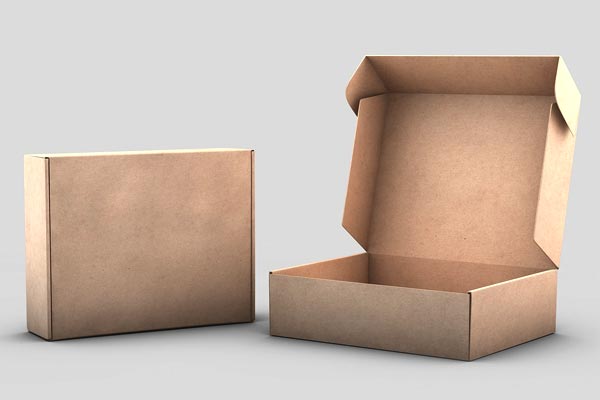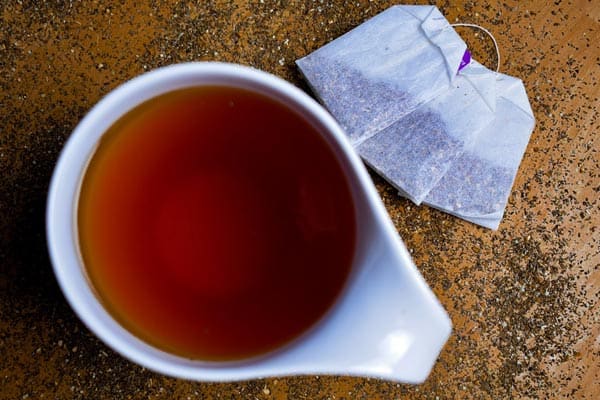Butcher Paper Vs Parchment Paper: Uses, Differences, and Similarities
There are dozens of wrapping sheets and papers available that you can use in various cooking processes.
This includes aluminum foil, plastic wrap, wax paper, butcher paper, and parchment paper.
As you would expect, each of these things gets used for different stages in your cooking process because they each have different properties.
When you purchase meat from the butcher, it usually comes wrapped in a sheet of butcher paper.
You can wrap your items in parchment paper too, but you’ll typically use parchment paper for baking so that the things you bake don’t stick to the cookie sheet or pan. Parchment paper is also usually thinner, but there are a host of differences between the two.
How does parchment paper or butcher paper fit into your grilling scenario?
We’ll take a closer look at the differences between the two, as well as what each of them is and what you can use them for below.
Understanding the Difference Between Butcher Paper and Parchment Paper
First, you want to understand the finer differences between butcher paper and parchment paper. They definitely aren’t the same thing, and you usually don’t use them for the same purposes.
Parchment Paper
Parchment paper gets treated with silicone to give it a non-stick nature, and it’s usually much thinner than butcher paper.
You can get it bleached or unbleached, and you use it to keep foods or baked goods from sticking while you cook or bake. You may confuse them with wax paper, but they’re totally different items.
Wax paper has a layer of paraffin wax on it that gives it a non-stick appeal, but you can’t use it in the oven because it’ll melt.
Parchment paper is available in smaller roles in boxes that look very similar to plastic wrap, so you can tear it off as needed, or you can get it in pre-cut sheets that come right out of a flat box.
You can use parchment paper for grilling purposes, and you can line a sheet pan so you can cut down the mess when you grill outdoors.
If you use a George Foreman Grill, you can take two large pieces of parchment paper and put it in the grill before putting your meat on the bottom and layering another piece of parchment paper on top.
Close the lid and grill like you normally would before tossing the paper to get rid of the mess.
When You Should Use Parchment Paper
The biggest use for parchment paper is to cover the insides of any cooking pan before you start using it.
It gives you a simple non-stick surface that allows you to pull your food out quickly and easily when it finishes cooking. It’s very common if you were going to bake a pizza in the oven.
Parchment paper can withstand temperatures up to 450-degrees Fahrenheit without a problem, so you can use it on a pizza stone while you bake your pizza.
This means that you won’t have to do much to clean your pizza stone when you finish with it.
Another option you have is to grill with parchment paper because all you have to do is wrap your cut of meat in a layer of parchment paper, place it on top of the grill, and allow it to cook to give it a slightly different taste.
Baking with Parchment Paper
Both parchment and wax paper is non-stick and resistant to moisture, but parchment paper uses silicone for the coating.
This is why you can safely put parchment paper in the oven up to 450-degrees without it burning or catching on fire.
If you use parchment paper in temperatures that exceed this range, it’ll start to get dark, but it won’t release any harmful chemicals into your food.
The Difference Between Parchment Paper and Freezer Paper
Parchment or baking paper is a cellulose-based paper that you normally use for baking. Freezer paper is on the other end of the spectrum, and it’s a heavy-weight paper that has a plastic lining on one side.
When it comes to using it, parchment paper works in cooking or baking to keep the dough from sticking to the pan’s sides or bottom.
Freezer paper gets used to store fish, meat, and bread in the freezer to create a barrier, so the cold temperatures don’t alter the food’s taste or texture.
Pros and Cons of Parchment Paper
Pros:
- Able to use them in the oven
- Heat-resistance
- Grease-resistance
- Ideal for baking because it’s non-stick
- Applicable for multiple uses
Cons:
- Bleached paper has toxic dioxin
Butcher Paper
Butcher paper is very resilient and durable since it comes made from Kraft pulp, and it doesn’t easily tear.
You’ll primarily see this type of paper used to wrap meats and fish that you buy directly from a butcher’s shop.
You can get it in white or brown coloring, and people still use it to wrap foods or in hobby or craft classes at school.
You’ll generally get it in a very large roll when you buy it so you can tear it off at the correct length, and it’s normally a very inexpensive option.
You can’t use butcher paper directly on a grill, but you can lay your grilled meats or fish on it to keep them warm until you’re ready to eat them.
If you like smoking meat, butcher paper is a great thing to use instead of traditional tin foil. Butcher paper also works well to cook brisket, pulled pork, or baby back ribs low and slow.
When to use Butcher Paper
Just like you’d think due to the name, this paper mainly gets used to wrap fish and meat that you buy from a butcher shop.
This allows you to easily transport your purchases because of how strong it is, and it makes an excellent protective covering. Again, you can’t use butcher paper for grilling, but it works nicely for smoking.
The butcher paper will work to control the smoke and keep your food items warm while you cook them low and slow.
Some people also use this paper as a firestarter in the grill because it burns very well, and it works decently with wood pellets or charcoal.
Freezing Items with Butcher Paper
You can use butcher paper to store and freeze meat items because it’s thick enough to protect your products from getting freezer burn.
However, freezer paper is usually a lot more practical for storing your items in the freezer.
If there comes a point that you don’t have freezer paper available, you can swap it out with butcher paper and get good results.
The Difference Between Butcher Paper and Freezer Paper
Butcher paper and freezer paper are not the same things, and one of the biggest differences is that freezer paper has a wax coating on it while butcher paper doesn’t have it.
Freezer papers get used to store meat where they can seal in more juices longer than butcher paper. But, butcher paper is a lot more heat resistant than your freezer paper will be.
Another difference is how the two papers get packed because butcher paper will come to you on a roll, while freezer papers get packed very similar to parchment paper.
Pros and Cons of Butcher Paper
Pros:
- Approved by the FDA as non-toxic
- Comes in sheets and rolls
- Heat-resistant due to the higher density
- Durable to tearing
- Affordable compared to other cooking papers
Cons:
- Not grease-proof
- Doesn’t work well for wet foods
- Can’t prevent stickiness
Are Parchment Paper and Butcher Paper the Same?
Now that you know the key points between these two papers, you may wonder if you can use parchment paper instead of butcher paper or if you can use parchment paper to grill brisket.
Thankfully, there are a lot of similarities between the two that make this all possible.
Both types of paper are made out of paper pulp, so you get very similar flexibility and texture with both items.
They also have a very similar resistance factor with both paper items, and this makes them ideal for grilling or smoking the meat.
You can also find both of them in rolls that make it quick and easy to cover up a lot of meat without struggling with smaller pieces.
Differences Between Butcher Paper and Parchment Paper
Even though there are several similarities between butcher paper and parchment paper, there are also a lot of differences that could cause you to use them for different cooking needs.
The first difference is that each type of paper comes with a different chemical makeup during the construction.
Butcher paper uses caustic soda and sulfide along with the paper pulp, and parchment paper only features a silicone and sulfuric acid.
You should note that using silicone isn’t always true for parchment paper, and they both have paper pulp.
The traditional usage for both types of paper also varies because you use butcher paper for cooking meats, while parchment paper is used for baking in the oven.
However, it’s still possible to consider them for similar usage needs in a few rare instances.
Parchment paper and butcher paper also come with completely different color options, not that this will impact your cooking requirements.
If you compare the difference between butcher paper and parchment paper, you’ll notice that parchment paper only has a single color available, and it’s usually white. Butcher paper offers multiple color choices, with brown and white being the most popular.
Having several color choices available can come in handy if you care about your food’s aesthetics because you can make them match your surroundings.
Also, butcher paper doesn’t have non-stick qualities, nor is it moisture-resistant like parchment paper is.
Bottom Line
Since you have made it to the end of the butcher paper versus parchment paper article, you should be able to easily tell which one you want to use when you cook.
This ensures that you get excellent results without wasting the paper.
